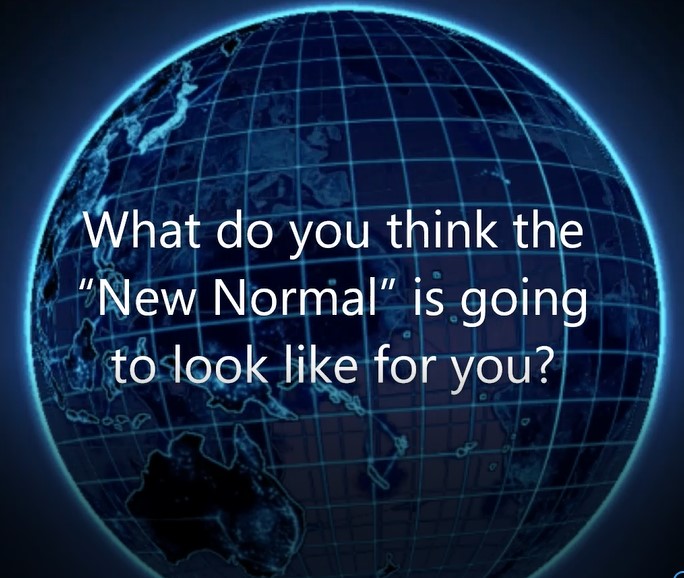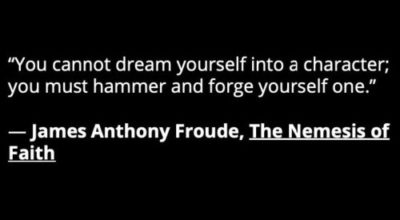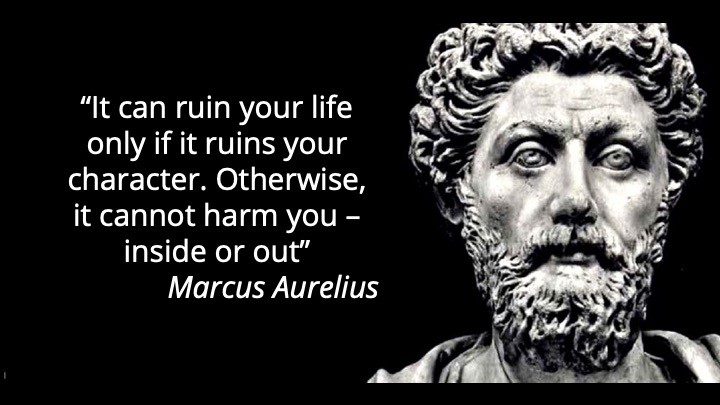Ten years ago, I decided to focus my career on helping organizations innovate by developing new products and services. Because of that, I did my best to embrace what I considered an “Innovation Mindset.” I thought to myself: I need to become an innovator and adopt this mindset in my life. For me, this meant not being afraid to try new things, takings risks, and doing my best to be creative. However, as a result, I became someone who struggled with routines because I thought an innovative person should not be static.
As I started to grow personally and professionally, more complex problems appeared in my life. The idea to optimize, or improve, some aspects of my life did not resonate with my “innovation mindset.” I didn’t have a problem with the idea of improving and trying new things. The conflict I had was that for me, optimizing meant finding a routine and sticking to it.
The breaking point
 Then, eventually, there was a point when I realized that the pain of not doing anything was larger than the pain of change. So, I started my Optimal Me journey. I decided to start with my nutrition. I reduced sugar, carbs, and read some books on the topic. I have to be honest, I could not become a keto person, but I became conscious about how I eat and how my body feels when I eat garbage (aka “junk food”).
Then, eventually, there was a point when I realized that the pain of not doing anything was larger than the pain of change. So, I started my Optimal Me journey. I decided to start with my nutrition. I reduced sugar, carbs, and read some books on the topic. I have to be honest, I could not become a keto person, but I became conscious about how I eat and how my body feels when I eat garbage (aka “junk food”).
Then, I continued my journey and started tracking how many hours I was sleeping. I downloaded an app and noticed how bad the quality of my sleep was. I kept going and explored new ways of exercising, measuring my HRV to understand my nervous system. In other words, I got quite nerdy about it. I started to read about meditation and practiced it 3 to 5 times per week. I tried specific ways of breathing to deal with stress, and so on. My point here is not to talk about all of my experiments in the Optimal Me program, but to reflect on the fact that what started as a small step became a deep dive on improving several aspects of my life.
Readjusting my innovation mindset
As a result of implementing these improvements, I was able to cope with some personal and professional problems and found the balance I wanted to achieve (for now). You might wonder if I currently have a fixed routine that includes all of these tools or techniques? Not quite. I do have some routines, but there are a lot of things that I stopped practicing. I thought I had failed because I had explored so many things during the last two years that I was not applying regularly. For example, I remember thinking: “Why am I not tracking my sleep anymore?”
The answer is simple. I am aware that now I sleep fine. Then I realized that some of those experiments helped me to deal with moments of stress, anxiety, and more. I was not using those techniques, apps, or routines simply because I did not have those problems anymore. However, now I have a set of tools that I can use when I feel I need them again. And this is the whole point of optimizing my life. Develop awareness, learn, test, and repeat if it makes sense. Otherwise, save it for later.
I realized I had a framed optimizing my life in the wrong way. It’s not a journey that you start and finish. It’s a life-long learning process of self-awareness and trying new things to deal with all the life-changing challenges that appear along the way. The cherry on top is that this is how innovation in organizations works. Having a successful business is not possible with a fixed optimization formula. The things that worked in the past may not be useful in the future. This is how I optimized my innovation mindset.





 Axialent
Axialent
 Moreover, d
Moreover, d





